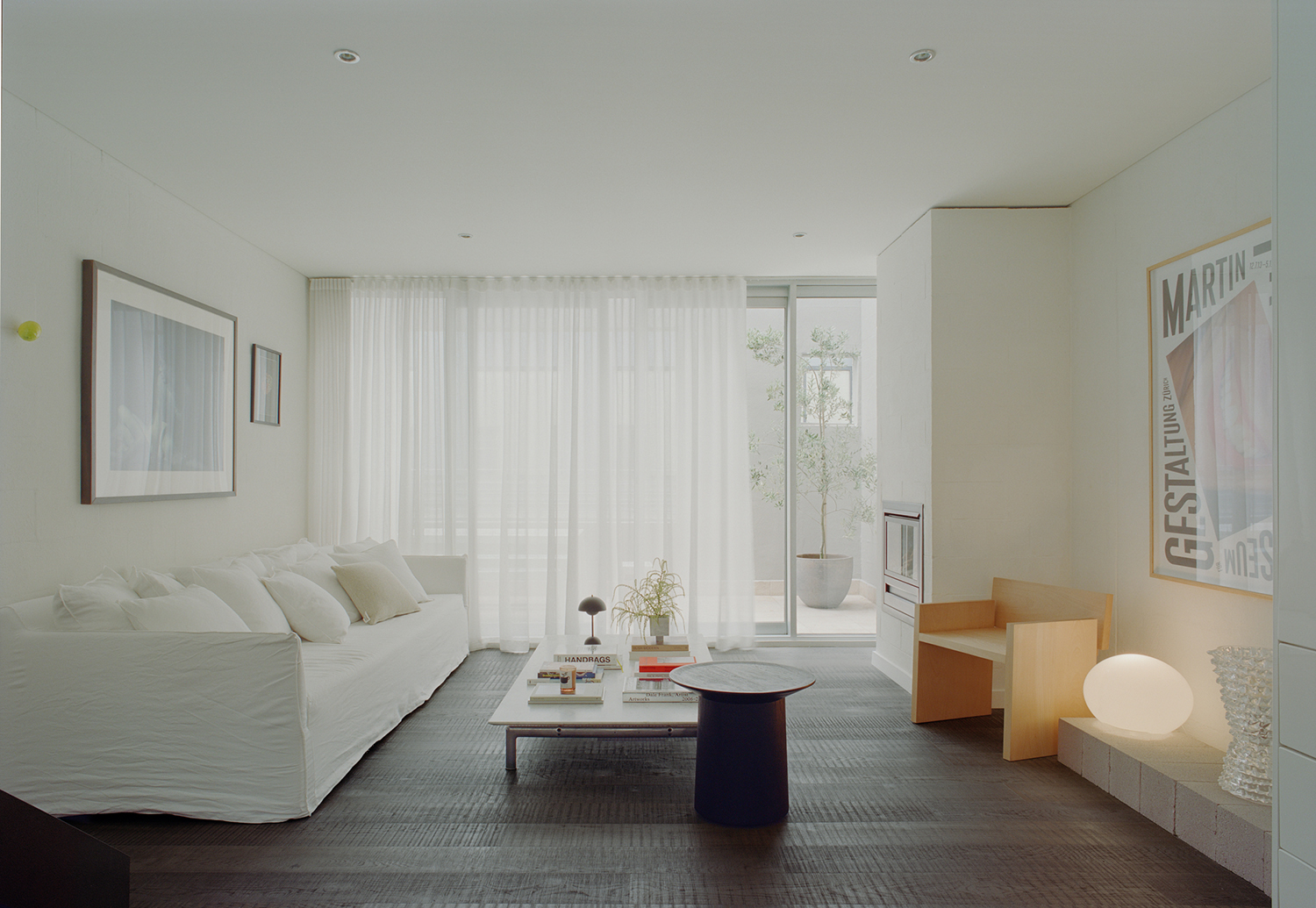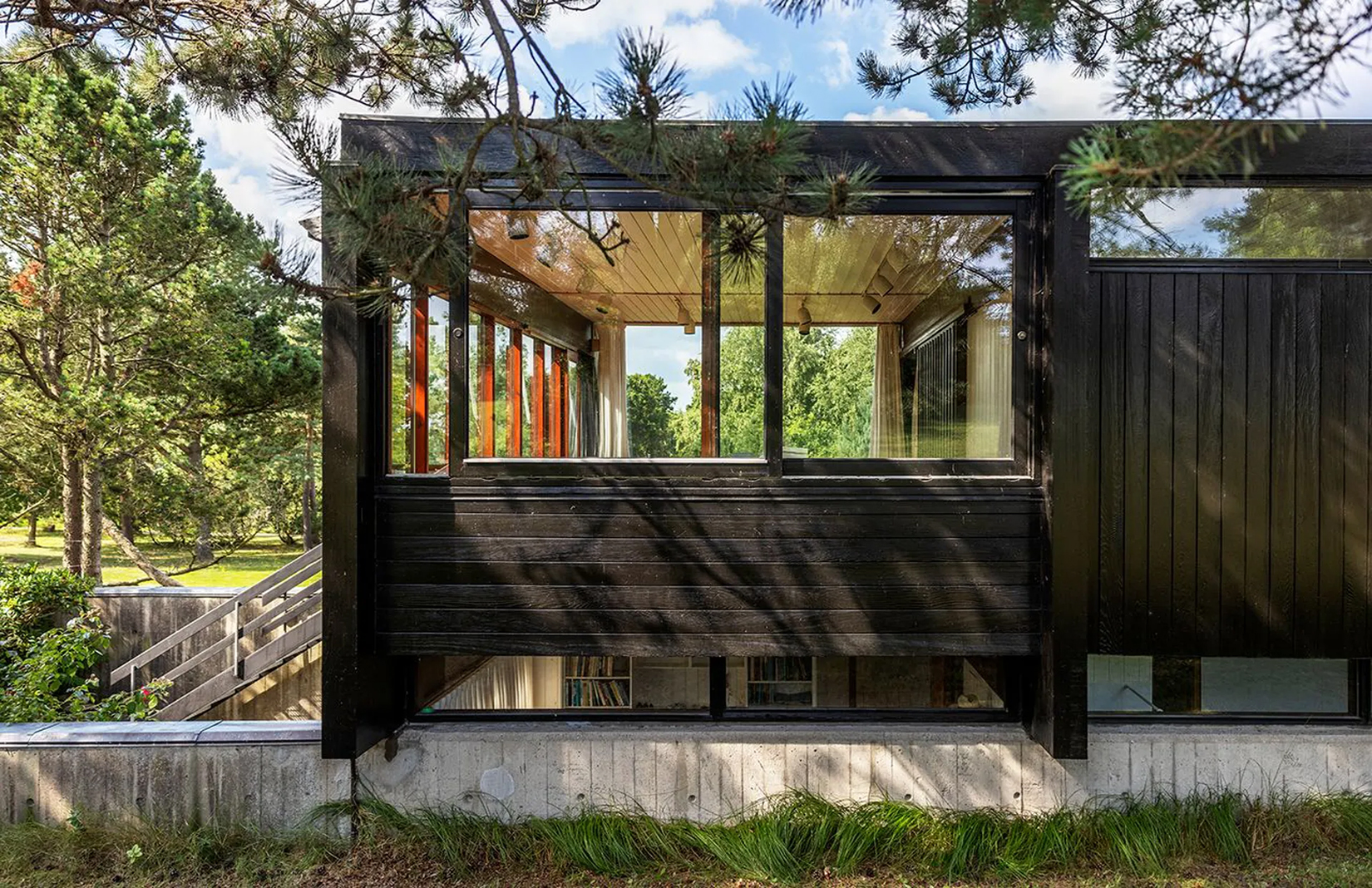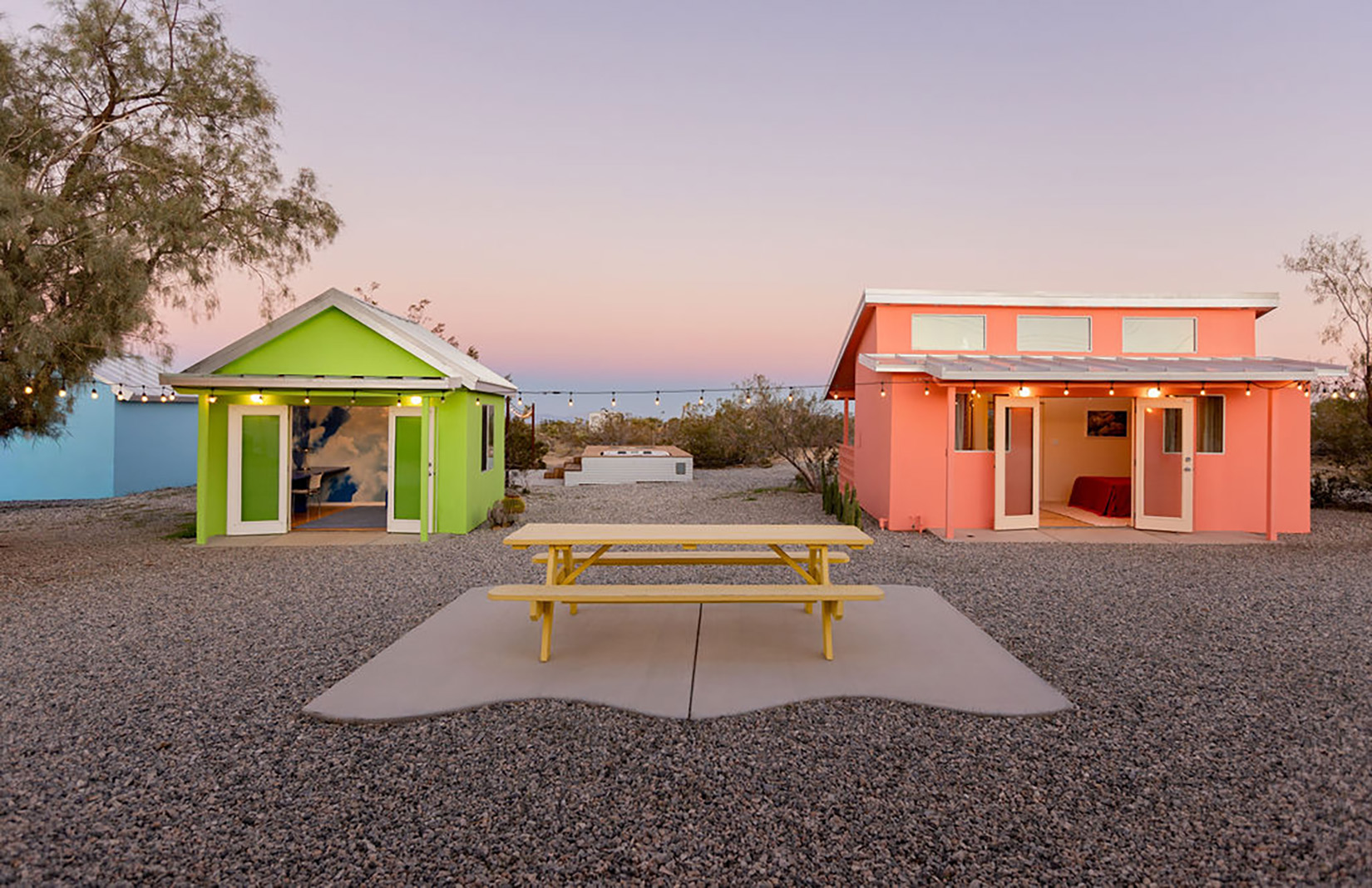Our personal spatial environments shape our mindset and emotions. They also have the ability to lift our spirits and impact our wellbeing, acting as extended expressions of our personalities and lifestyles. As we seek respite from this evermore chaotic and testing world, we’ve focussed on five ways to create harmony, simplicity, anxiety-reducing and inspired spaces for both living and working.
Simplification

The key is simplification: this is less to do with the western concept of ‘minimalism’ but the process of simplification. The Japanese are the recognised masters of simplicity. In traditional Japanese interiors, spaces are formed through a balance of restraint, texture, material, light and shadow to create harmonious spaces. These qualities are believed to calm the spirit and sharpen the senses.

It’s important to simplify your living spaces to retain only what’s truly necessary for functional day to day living. Consider only the things or objects which are an embodiment of your lifestyle, from books, art, photographs to your favourite woven throw.
Takeaway: strive toward simplicity and de-clutter. If it’s not functional for your day-to-day or beautiful, ask yourself what it is for…
Storage

We have always had a deep appreciation for functional and intelligent storage solutions. They allow you to create focused and refined spaces which are free of clutter, while also creating areas for the display of carefully curated objects.
The consideration of correctly positioned and well-proportioned storage systems can also significantly aid in the balance, composition and harmony of a space. For example the timeless shelving system by Dieter Rams, which can be scaled to fit any space or scenario and allow for both concealed and open display.

The Shaker design movement is also recognised for beautiful, simple and pragmatic storage solutions, imbuing the philosophy that everything should have its place. Such solutions allow for a single room to evolve from a domestic living environment into a space of simplicity and ritual.
Takeaway: consider intelligent storage hacks which allow for both concealing clutter and the display of carefully curated objects.
Restorative, natural environments

Restorative environments actively work to improve emotional wellbeing, happiness, health and recovery. These are spaces that use natural materials, neutral tones, simple forms and foster connection to the outside environment.
Natural solid wood, 100% organic natural upholstery and rugs such as natural seagrass matting introduce warmth and tactility to a room. The simulation of nature in the home is fundamental to the human condition – improving air quality in your home, the addition of plants, and the exploration of natural scents and sounds.

The timeless interiors of the Hamptons and the honest material pallets used in coastal living are universally admired – and emulated – for good reason as these environments are some of the best examples of restorative spaces in the purest form.
Takeaway: introduce nature into your spaces. Be aware of your senses – and of sensuality.
Relaxation stations

As our living habits continue to evolve, there has been an overwhelming need for designated spaces that separate working and living. Quiet corners or spaces for retreat or privacy are fundamental to reducing anxiety.
Spaces which allow for the pursuit of lifestyle interests and activities, rest and relaxation and an engaged use of downtime all help to elevate stress and boost immunity.

For example, Hifi listening rooms, reading nooks, yoga and meditation rooms and craft spaces. This important consideration between devoted space for personal and social interaction allows for focused, uninterrupted calm and recalibration of the mind.
Takeaway: devote space to the activities that promote happiness and restorativeness for you.
Lighting

While the majority of us aren’t blessed with spaces abundant in natural light, identifying and amplifying your natural light sources will boost your sense of mental wellbeing and help to create a more inspired sense of place.
When natural light cannot be exploited, full-spectrum daylight lamps or light therapy lights allow for the modification of colour and temperature depending on the day cycle. Such holistic artificial lighting can significantly aid the regulation of our circadian rhythms, improving productivity and positivity.

The correct temperature of artificial light is absolutely vital to setting the right mood and ambience in your space. When selecting ambient bulbs, carefully consider the temperature (Kelvin range). For example, a range of 5500 – 6500K reflects daylight and a range closer to 2,200 – 3000K reflects a warm and inviting evening ambience.
Takeaway: invest in a nice lamp and (equally importantly) the correct bulb.
Dan Wilson and Charlotte Gunstone are the cofounders of London-based practice LINE.























